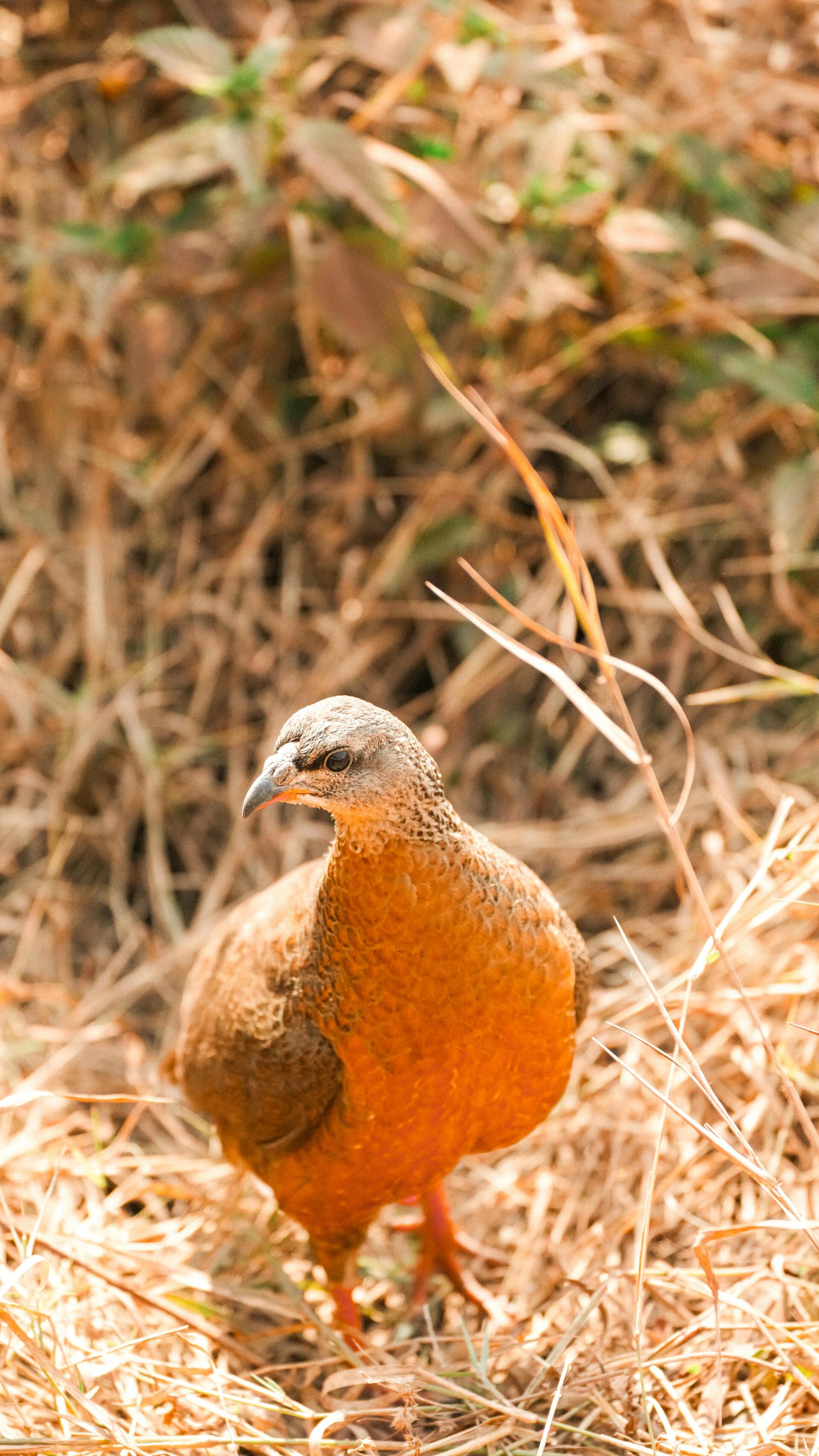
Tucked away in the Central Region of Ghana, just a short drive from the historic town of Cape Coast, lies one of West Africa’s most captivating ecological treasures: Kakum National Park. Known for its unique canopy walkway and dense tropical rainforest, Kakum is more than just a park—it's a living, breathing testament to Ghana’s natural heritage and ecological diversity.
Kakum National Park covers over 375 square kilometers of pristine forest, and is one of the few remaining stretches of intact rainforest in West Africa. This makes it a critical refuge for hundreds of plant and animal species, some of which are found nowhere else on Earth. The park is part of the Upper Guinea Rainforest ecosystem, which is globally recognized as a biodiversity hotspot.
It’s not just trees and vines—Kakum is home to over 500 species of butterflies, 250 species of birds, and a wide range of mammals, including forest elephants, leopards, and the endangered bongo antelope. Many of these animals are shy and elusive, which adds a mystical element to any visit.
What truly sets Kakum apart is its legendary canopy walkway—the only one of its kind in West Africa, and among the most famous in the world. Suspended 30 meters above the forest floor, this network of hanging bridges stretches over 350 meters across seven treetop platforms.
Walking high above the forest, visitors experience the jungle from a bird’s-eye perspective, often catching glimpses of butterflies fluttering beneath them and monkeys leaping between trees. The walkway offers not just an adrenaline rush but a unique and immersive way to engage with nature, elevating Kakum from a typical park to an unforgettable adventure.
Kakum is more than a conservation area; it’s a community-owned park. Local people were instrumental in establishing and protecting it, and they continue to benefit from eco-tourism revenues. This sustainable approach to conservation makes Kakum a model for how tourism and environmental stewardship can go hand-in-hand.
Visitors can also enjoy guided nature walks led by local experts, often from nearby villages. These guides don’t just point out wildlife—they share folklore, medicinal plant knowledge, and deep insights into how the forest has supported local life for generations.
Kakum’s location adds to its allure. Many travelers combine a visit to the park with a tour of nearby Cape Coast Castle and Elmina Castle, two haunting reminders of Ghana’s role in the transatlantic slave trade. This pairing of natural wonder and historical reflection gives visitors a deeper, more meaningful understanding of Ghana’s past, present, and future.
Explore Ghana's forts, National Parks, and Hidden History – your journey starts here!
Find your roots and rise — Ghana3d.com Gateway Experience 360. Your ultimate guide to cultural, historic, and soul-stirring adventures.!
Heritage. Healing. Homecoming.
Kakum National Park is more than a rainforest — it is a sacred journey into the heart of Ghana’s natural and cultural legacy. Whether you are seeking peace in nature, reconnection to your heritage, or a transformative escape, Kakum offers a powerful and unforgettable experience.
Discover Ghana’s Northern Wilderness Like Never Before
If you’ve already explored the lush rainforests and canopy walkways of Kakum National Park, you're only halfway through experiencing Ghana’s incredible natural diversity. To complete your adventure, head north to Mole National Park — Ghana’s largest and oldest protected area, where savannah landscapes, sandstone escarpments, waterfalls, and elephants await.
While Kakum offers dense tropical forest and high canopy views, Mole delivers open savannah plains, dramatic rocky ridges, and unforgettable safari encounters. Together, they showcase the full range of Ghana’s ecological beauty — from the southern rainforest to the northern savannah.

Preserving and maintaining!

Explore the Kwame Nkrumah Memorial Park, Accra